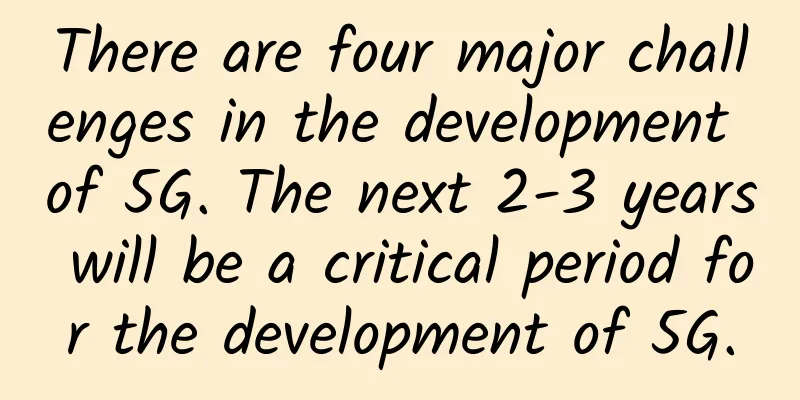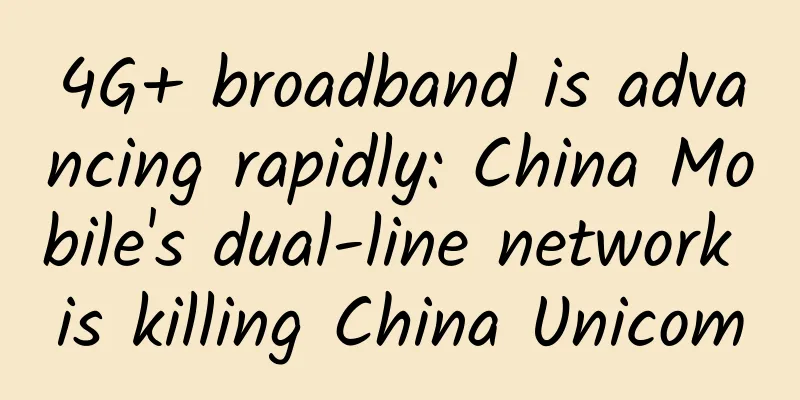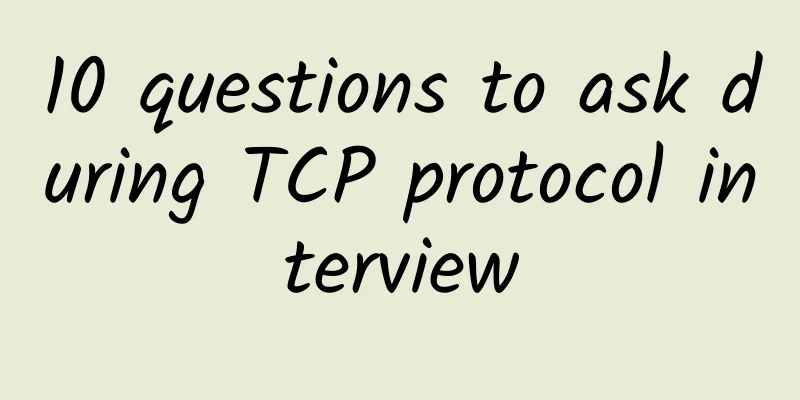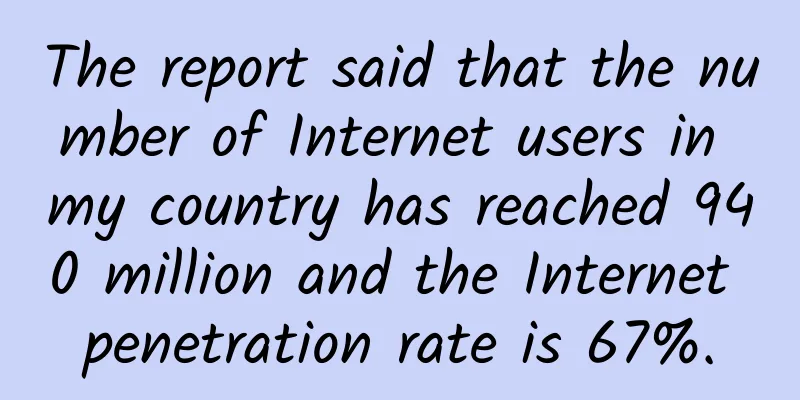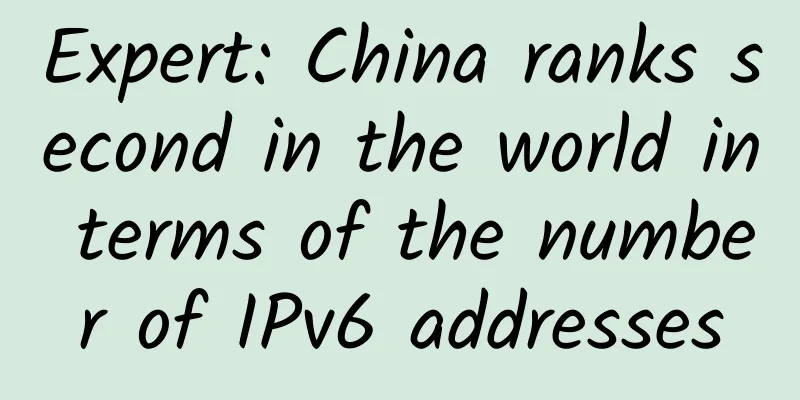How 5G can help realize massive IoT
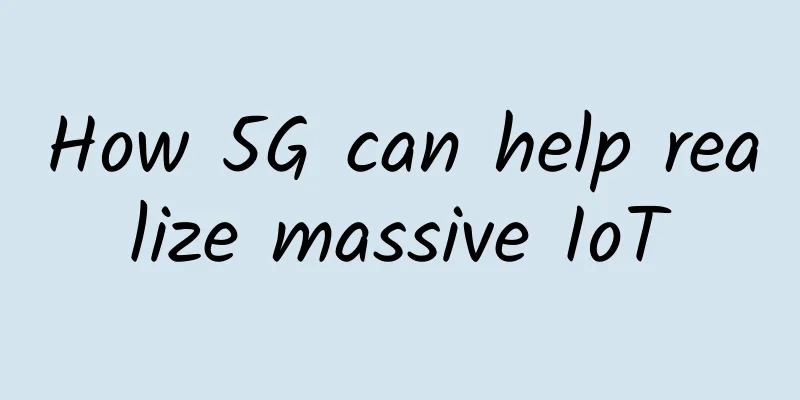
|
When discussing the coming 5G era, attention is often focused on the promised incredibly high speeds and low latency, as well as the ability to automate processes, vehicles, and machines. While these are undoubtedly very exciting aspects of 5G, they are certainly not the only elements of 5G. In fact, the 5G era is divided into three different network categories, each of which contains its own features that meet different types of use cases. Before outlining these three parts, it is necessary to first define what 5G is. This article will discuss the new cellular technology specified by the Third Generation Partnership Project (3GPP), a standardization cooperation organization focused on telecommunications. In the recent 3GPP version, 5G was specified, as well as other networks based on different frequency bands. This article is part of a series about 5G and its three different areas: massive machine type communications (mMTC), enhanced mobile broadband (emBB), and ultra-reliable low latency communications (URLLC). Or more simply as it relates to the Internet of Things (IoT), massive IoT, critical IoT, and ultra-reliable IoT. We are now on the cusp of seeing the 5G era explode, creating new use cases that haven’t even been thought of yet. It’s an exciting time for IoT and technology as a whole, as this enables digital transformation more effectively than ever before. Strategy, security and stability It’s easy to see a digitally enhanced world through the Internet of Things. But the truth is, we have the responsibility to build these solutions. Without proper measures, strategies, and thoughtful construction, the benefits of large-scale IoT cannot be realized. With so many endpoints potentially online, the attack surface is wider and different industries have different risk appetites for security needs. Therefore, solutions should be built for the long term and have the potential to expand to avoid short-term vision. This means building resilience and security for new technologies and applications in use cases. The Internet of Things has the power to revolutionize the world, and massive IoT is a major driver of positive change. Organizations can prepare the necessary people, platforms, devices, and even third-party providers to help achieve success. |
<<: Three approaches to Bluetooth low energy development
>>: Is connectivity the key to the success of Industry 4.0?
Recommend
How high-quality infrastructure helps data centers cope with business disruptions
As today's corporate organizations are active...
Huawei joins hands with Southwest Guizhou to use cloud to give this land a better future
[51CTO.com original article] Xiao Wang is an ordi...
How to unleash the power of the tactile internet through 5G networks
Today, the Internet is everything! It was created...
The architecture needs to be upgraded urgently as operators lay out their future networks
The future is a world of interconnected everythin...
F5 is targeting five directions for application services in the future. Wu Jingtao explains F5's ABCDE
[51CTO.com original article] At 9:00 am on May 22...
HostDare: 38% off on CN2 GIA line in Los Angeles, starting at $24.4/year, 20% off on Japan VPS
HostDare's discount codes have been updated a...
Ke Jie: This is my last man vs. machine match, watch and cherish it
The China Wuzhen Go Summit will officially kick o...
From Wi-Fi to Wired: Exploring the Role of Cable in Wireless Networks
In an increasingly connected world, wireless netw...
Detailed explanation of STM32 network DMA controller
[[380257]] The block diagram of the STM32 network...
How will the Internet of Things impact future data centers?
The Internet of Things is more than just an explo...
Representatives suggested developing mobile phones for minors: only networks and software dedicated to minors can be used
Nowadays, smartphones and the Internet have broug...
The next generation of live broadcast solution is here, this is how e-commerce live broadcasts should be played in the future!
On August 6, Huawei's online seminar (Huawei ...
5G phones have been available for three years. Why is 5G in the United States so slow? Three major problems remain unsolved
Since the advent of 5G technology, U.S. wireless ...
China Mobile and industry partners jointly released the "Indoor Positioning White Paper"
On the morning of June 19, China Mobile, together...
